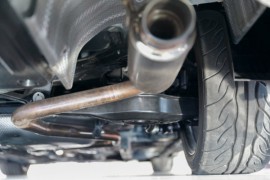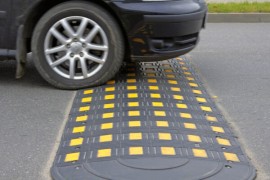{
"lazyNodes": false,
"abFitnotesFlag": false,
"abCrawlReviews": false,
"productOptionsCookie": false,
"orderDelayFlag": false,
"skipSessionCookie": false,
"covidMessage": false,
"fullTitleCookie": false,
"nrLoggerCookie": false,
"checkoutReviewCookie": false,
"productOptionSeqCookie": false,
"maintenanceFlag": false,
"bufferETACookie": false,
"multiShippingDiscountFlag": false,
"newFitmentFlag": false,
"surveyOptInFlag": false,
"crossSellFlag": false,
"skuMappingFlag": false,
"paySplitCookie": false,
"callDisableFlag": false,
"zipPaymentFlag": "u",
"hassleFreeReturn": false,
"lifetimeReplacement": false,
"cpn_off": false
}Need Help? Call Us1-866-529-0412
2010 Jeep Commander
2010 Jeep Commander Exhaust Heat Shields
Refine by:
Shop Catalog
Showing 1 - 1 of 1 results
Sort by:
Part Number: MOP53032675AD
Guaranteed to Fit
$16.49
Vehicle Fitment
- 2010 Jeep Commander Sport 6 Cyl 3.7L Eng. VIN: K
Product Details
Location : Driver SideWarranty : 36-month or 36,000-mile Mopar limited warrantyProp 65 Warning :
![]() WARNING: This product can expose you to chemical which is known to the State of California to cause cancer and birth defects or other reproductive harm. For more information go to www.P65Warnings.ca.gov.
WARNING: This product can expose you to chemical which is known to the State of California to cause cancer and birth defects or other reproductive harm. For more information go to www.P65Warnings.ca.gov.
Page 1 of 1 | Showing 1 - 1 of 1 results
Popular Products

MoparExhaust Heat Shield - Direct FitManufacturer #53032675AD
( Reviews) Questions, Answers
MOPAR OE REPLACEMENT EXHAUST HEAT SHIELD
Officially endorsed by Fiat Chrysler Automobiles, Mopar’s OE replacement Exhaust Heat Shield offers an exact-fit solution that performs up to OE standards. Each Mopar product is backed by a broad range of compatibl...
Helpful Automotive Resources
Why Are Car Heat Shields Important?Because of different factors like engine issues to too much sun exposure, the engine can overheat to the point of damaging the parts around it. Heat shields help prevent that by insulating the car’s crucial components from manifold and exhaust heat.
Is There a Rattling Noise Under Your Car When Going Over Bumps? This Could Be WhyRattling noises can be quite hard to diagnose because a lot of damaged or worn-out components can produce the same sound.




